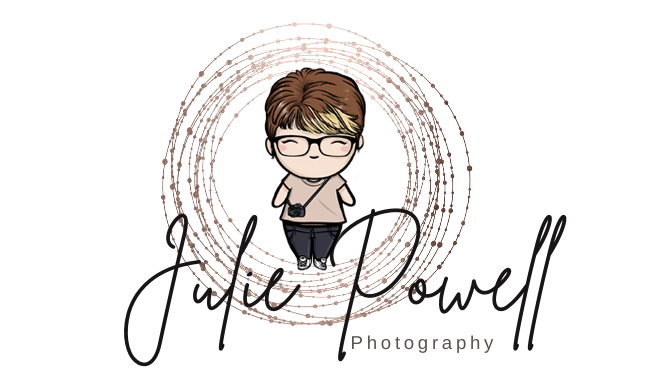Neewer Q6 vs Q4: Which Studio Strobe Is Right for You?
When it comes to choosing the right studio strobe, the Neewer Q6 and Q4 are two powerful contenders that photographers often compare. Both offer excellent performance, but their differences in power, speed, battery life, and colour accuracy can make one a better fit for your shooting style than the other. In this post, I’ll break down the key differences between the Q6 and Q4 and share what those specs really mean in real-world scenarios — whether you’re shooting portraits in the studio, working with large modifiers, or heading outdoors to battle bright sunlight.
Neewer Q6 vs Q4: Key Differences & Trade-offs
1. Power / Output
Q6 (600 Ws): Stronger output, ideal when using large or light-absorbing modifiers (big softboxes, umbrellas, grids) or when shooting outdoors in bright sunlight. Gives more creative headroom.
Q4 (400 Ws): Still solid for most portrait and indoor studio work. It may reach its limits in very bright ambient conditions or when you need to overpower the sun.
Trade-off: Q6 = more flexibility, but heavier and pricier. Q4 = lighter, cost-effective for controlled studio work.
2. Flash Speed & Duration
Q6: Ultra-short flash durations, useful for freezing very fast motion (splashes, hair flips, dancers). Slightly faster recycling at full power (0.9 s).
Q4: Fast flash durations too (up to 1/10,989 s), but not quite as extreme. Recycle time is slower (1.2 s at full).
Trade-off: If you regularly freeze motion at high power, the Q6 has the edge. For typical portraits, the Q4 is plenty fast.
3. Battery / Endurance
Q6: A Larger 28.8 V / 3000 mAh battery supports higher output, faster recycling, and maintains performance longer at a lower charge.
Q4: Smaller 21.6 V battery; can slow down as it depletes, especially at higher power settings.
Trade-off: Q6 lasts longer and stays consistent, but adds bulk.
4. Color Stability & Modeling Lamp
Q6: Colour consistency ±100 K across range (better accuracy). Bi-color LED modeling lamp (2700–6500 K), great for matching ambient or previewing mood.
Q4: ±200 K variation. Fixed 5600 K modelling lamp.
Trade-off: Q6 is stronger for colour-critical work and hybrid shooting (stills + video).
5. Power Control
Q6: 0.1 EV increments = fine control, great for precision lighting setups.
Q4: 9 steps = coarser adjustments.
Trade-off: Q6 suits advanced users who need fine-tuned exposure control.
6. Ergonomics / Size / Weight
Q6: Bulkier and heavier, especially with modifiers and battery. Less portable.
Q4: More compact and lightweight, easier for travel and quick setups.
Trade-off: Q4 = grab-and-go convenience. Q6 = studio workhorse.
7. Interface & Features
Q6: Dual TFT colour screens, app control, polished UI for remote adjustments.
Q4: Basic dot-matrix display, fewer interface options.
Trade-off: Q6 appeals to tech-driven workflows. Q4 keeps things simple.
8. Cost
Q6: Higher price, but justified by extra power, features, and consistency.
Q4: More budget-friendly with excellent performance for most portrait/studio needs.
Which One Should You Choose?
Choose the Q6 if…
You shoot in challenging light (outdoors, big modifiers), need ultra-fast recycling, want tight colour control, or work with motion-freezing shots. Best for professionals who value headroom and precision.Choose the Q4 if…
You mostly work in controlled studio environments, want portability, and don’t need the extra power or ultra-fine control. Best for portrait shooters and those looking for value.
Sample images from the Neewer Q6 600W Studio strobe.








